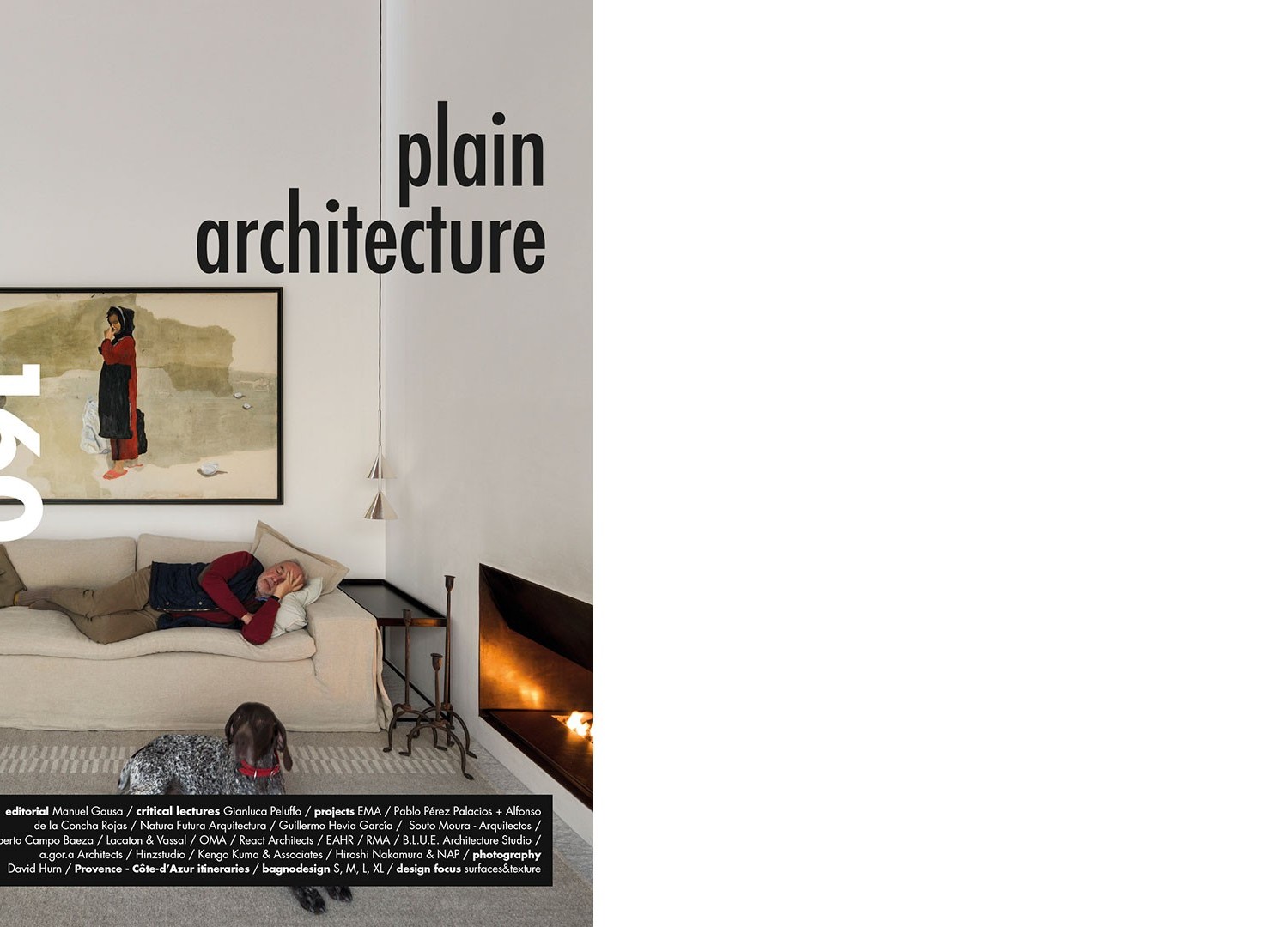
International magazine of architecture and project design september/october 2018
The urban dimension or the extraordinary beauty of the ordinary
A city is a uniform grouping of buildings in which human beings perform their daily activities, while monuments are structures devoted to special occasions or architectures of a singular character. It is obvious that a group of buildings consisting of nothing but monuments and extraordinary structures is not a city, but merely a clustering of exceptional works that necessarily excludes the ordinary functions of living and working. Likewise, a city lacking any outstanding features does not give its residents the opportunities they need differentiate their daily routines and celebrate, through the singular character of certain buildings, different human needs.However architecture, like history, suffers from the syndrome of events and is written through the narration of specific and singular facts that, however, lose their significance if they are not correctly framed within the evolutionary chain of existence, with its cyclical and ordinary nature. For this reason, our discipline and the criticism that surrounds it has always been focused on celebrating extraordinary acts and works, forgetting, at times, that these buildings only have value if positioned within a broader mass of buildings that we call, appropriately, the context. Without this context we have no city and, without the city we would be unable to carry out our human activities in aggregate form, at least as we have known them until now. Over the years, and with different approaches, many of the leading figures in the architectural debate have returned insistently to these themes in a call to an ethical responsibility toward the project, which must prevail, above and beyond the personal biographies of the individuals as an honest contribution to the work of building the city and the landscape. This issue of Area is dedicated to those authors of normality and to their ordinary projects.
Marco Casamonti
Download cover
Download table of contents
Download introduction of Marco Casamonti


